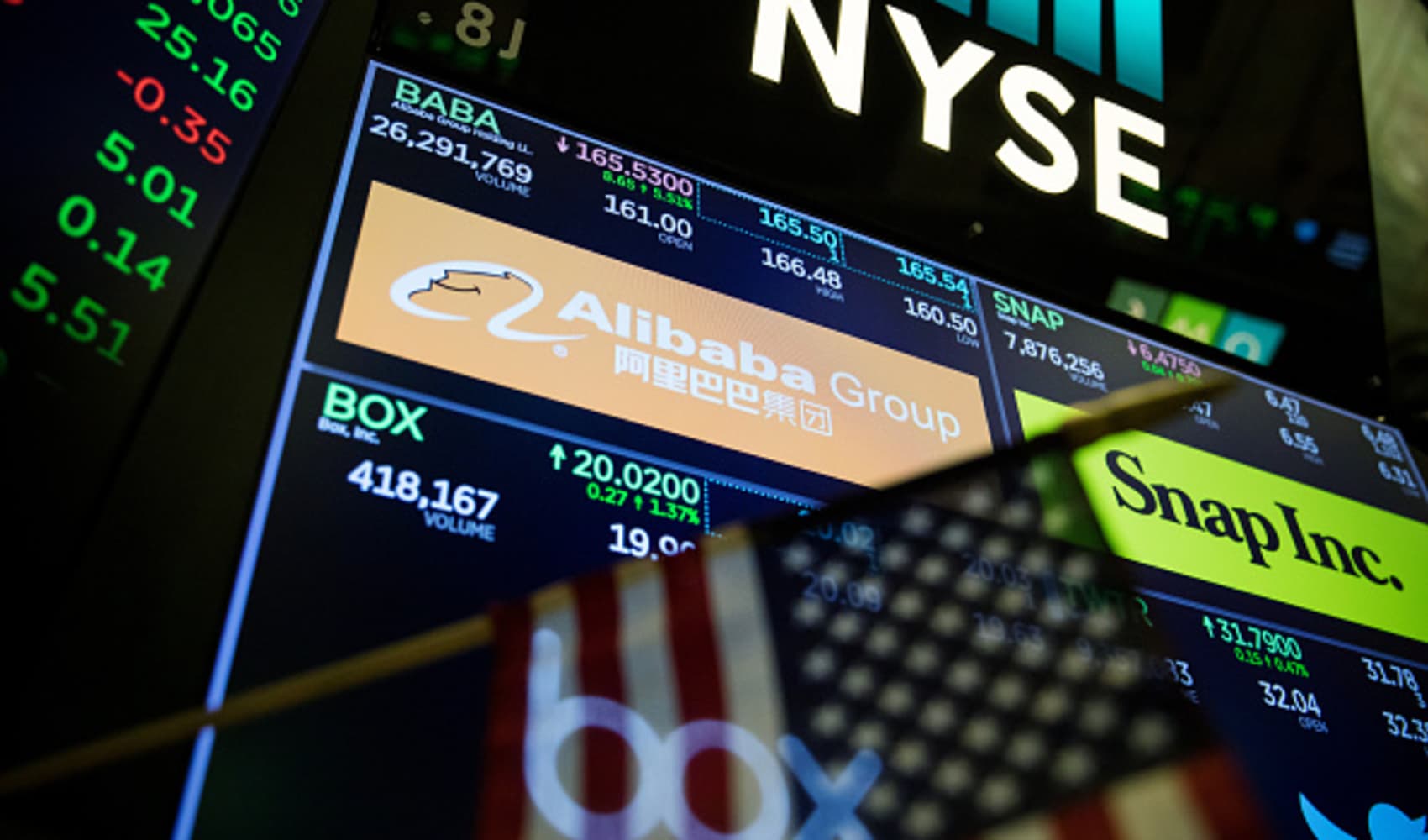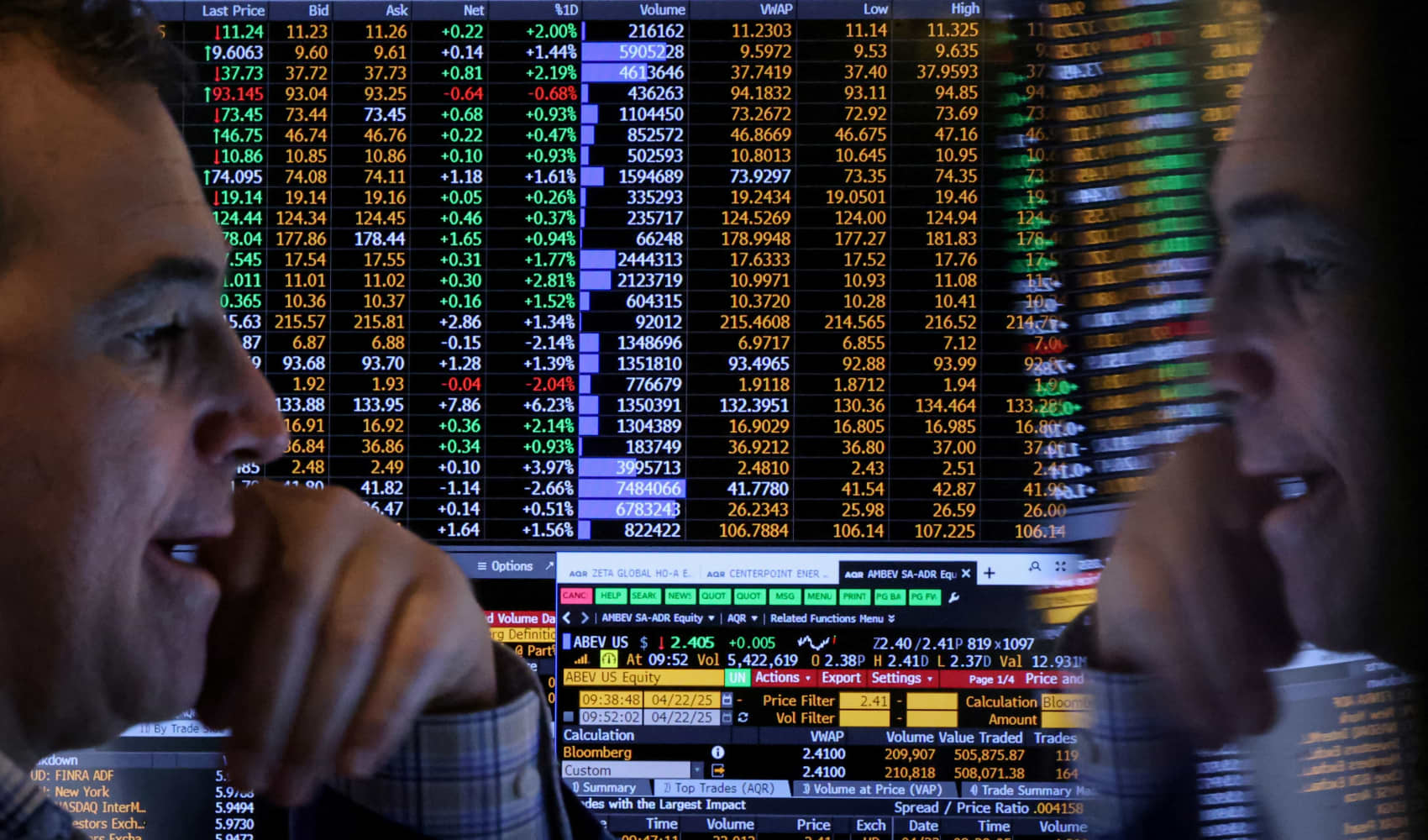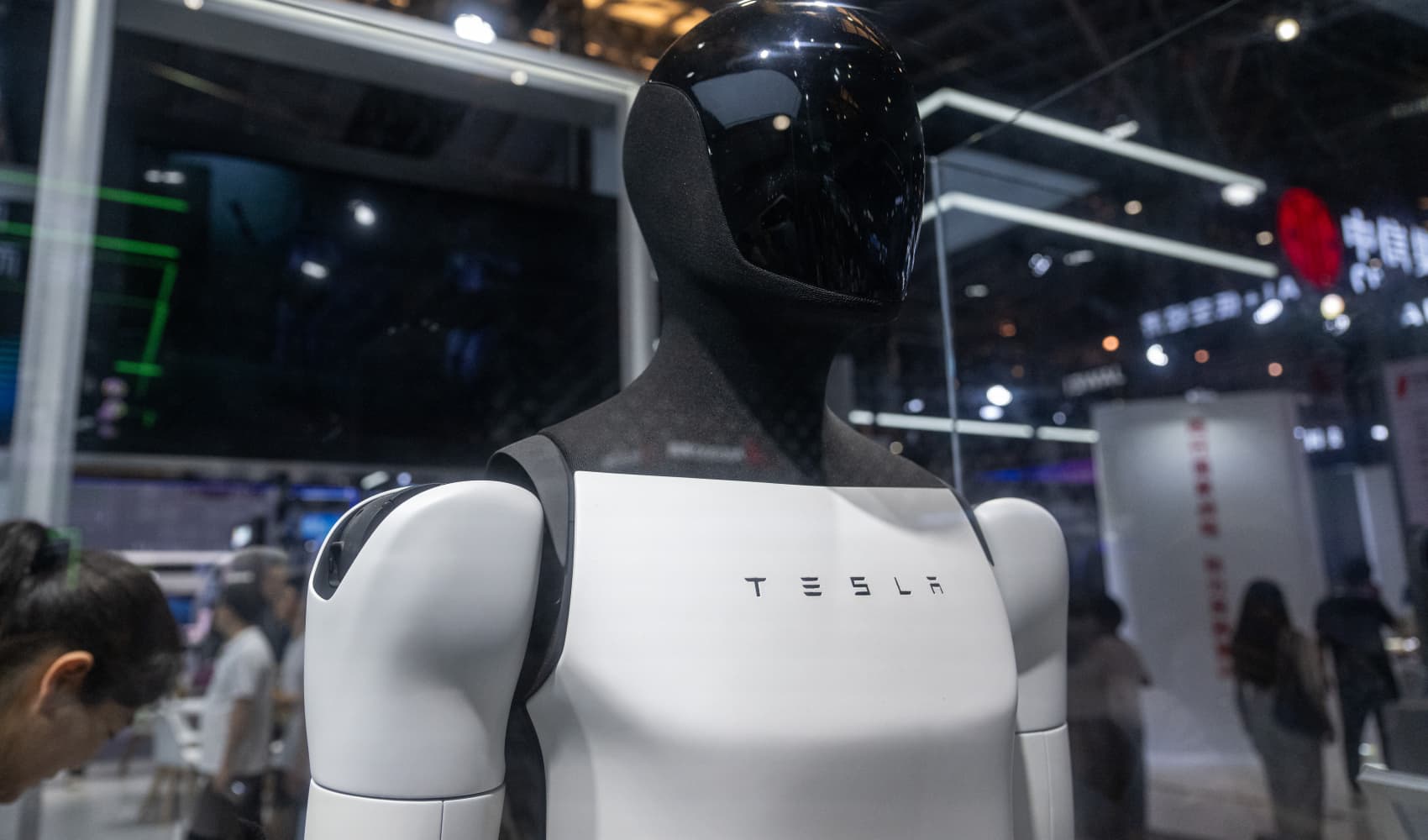Carlos Santana Hospitalized! Texas Concert Postponed
Carlos Santana Hospitalized: Fans Worry Ahead of Texas Concert
Introduction: A Musical Icon Faces Unexpected Health Scare
Get ready for a plot twist, music lovers! News just broke that the legendary Carlos Santana, the guitar virtuoso behind hits like "Smooth" and "Oye Como Va," was hospitalized just hours before his scheduled concert in San Antonio, Texas. Talk about a sour note! As a devoted Santana fan, my initial reaction was shock and concern. What happened, and how serious is it? Let's dive into the details and see what we know about Santana's condition and the postponement of the highly anticipated show.
The News Breaks: San Antonio Show Postponed
The news first surfaced on E! Online and quickly spread like wildfire across social media. A representative for Santana confirmed to People magazine that the April 22nd concert at the Majestic Theatre in San Antonio was indeed postponed. Imagine the disappointment of fans who had traveled from near and far to witness the iconic guitarist in action! I can almost hear the collective sigh of disappointment.
Dehydration Blamed: Initial Reports
Michael Vrionis, president of Universal Tone Management and Santana's representative, explained the situation to People. "It is with profound disappointment that I have to inform you all that tonight’s show in San Antonio has been postponed," Vrionis stated. He further elaborated that Santana was at the venue preparing for the performance when he "experienced an event that was determined to be dehydration."
Dehydration Explained: More Than Just Thirst
But what does dehydration really mean? It's not just about feeling thirsty. Dehydration occurs when your body loses more fluids than you take in, disrupting its normal functions. Imagine your body as a well-oiled machine; water is the lubricant. Without enough water, things start to grind to a halt. Symptoms can range from mild fatigue and dizziness to more severe complications like seizures and organ damage. Especially in Texas heat, staying hydrated is crucial!
Santana's Health History: A Look Back
This isn't the first time Santana's health has made headlines. In December 2021, he collapsed onstage during a concert in Michigan. The incident was attributed to heat exhaustion and dehydration. Knowing this, the recent hospitalization in San Antonio raises concerns. Is this a recurring issue? Are there underlying health factors at play? We need more information to understand the bigger picture.
The 2021 Incident: A Reminder of Vulnerability
The December 2021 episode was definitely a wake-up call for Santana and his fans. It served as a stark reminder that even musical legends are not immune to the physical demands of performing. After the incident, Santana took some time off to recover and prioritize his health. He later returned to the stage, seemingly stronger and more determined than ever.
Fan Reactions: Concern and Well Wishes Pour In
As news of Santana's hospitalization spread, social media platforms lit up with messages of concern and well wishes from fans around the globe. The hashtag #GetWellSoonSantana trended on Twitter as fans shared their favorite Santana memories and expressed their hope for a speedy recovery. The outpouring of support is a testament to the impact Santana has had on generations of music lovers.
Social Media Sentiment: A Gauge of Public Opinion
Analyzing the social media sentiment reveals a deep connection between Santana and his fans. Beyond the music, there's a sense of genuine affection and respect for the man himself. This connection is what makes the news of his hospitalization so distressing for many.
The Majestic Theatre: A Venue Steeped in History
The San Antonio concert was scheduled to take place at the Majestic Theatre, a stunning venue with a rich history. Opened in 1929, the Majestic Theatre is a National Historic Landmark known for its opulent architecture and world-class performances. The theater's website likely saw a surge in traffic as fans sought updates on the concert postponement.
The Importance of Venue Choice: Beyond Aesthetics
Selecting the right venue is crucial for any performer. Factors like acoustics, seating capacity, and accessibility play a significant role in the overall concert experience. The Majestic Theatre, with its historical significance and elegant design, would have provided a memorable backdrop for Santana's performance. One can only imagine how the show would have sounded!
What's Next: Uncertainties and Speculations
So, what happens now? The immediate concern is, of course, Santana's health and well-being. We need to know more about his condition and the treatment he's receiving. Will the San Antonio concert be rescheduled? What about other upcoming performances on his tour schedule? The answers to these questions remain uncertain.
Possible Scenarios: From Rescheduling to Cancellation
Several scenarios are possible. The San Antonio concert could be rescheduled for a later date, allowing Santana time to recover. Alternatively, if his condition is more serious than initially reported, the concert may be canceled altogether. Fans are eagerly awaiting updates from Santana's representatives.
The Impact on the Tour: Ripple Effects
A postponement or cancellation of the San Antonio concert could have ripple effects on Santana's entire tour schedule. Travel arrangements, venue bookings, and other logistical details would need to be adjusted. The financial implications could also be significant.
The Business Side of Music: Beyond the Stage
It's easy to forget that behind the music, there's a complex business operation. Concert tours involve a vast network of professionals, from tour managers and stagehands to lighting designers and security personnel. Any disruption to the schedule can have a significant impact on everyone involved.
Remembering Santana's Legacy: A Musical Journey
Despite the current health scare, it's important to remember Santana's incredible legacy. He's a true musical icon who has captivated audiences for decades with his soulful guitar playing and infectious energy. From his early days at Woodstock to his chart-topping comeback with "Smooth," Santana has consistently pushed boundaries and defied expectations.
Santana's Influence: Shaping Generations of Musicians
Santana's influence on music is undeniable. He's inspired countless guitarists with his unique blend of rock, Latin, and jazz influences. His music transcends genres and appeals to a wide range of listeners. His impact on the music world is immeasurable.
Conclusion: Wishing Santana a Speedy Recovery
The news of Carlos Santana's hospitalization ahead of his Texas concert is undoubtedly concerning. While initial reports point to dehydration, we await further updates on his condition. The most important thing is that he prioritizes his health and takes the time he needs to recover fully. The postponement of the San Antonio show is a disappointment for fans, but ultimately, Santana's well-being takes precedence. We join the chorus of voices sending him our best wishes for a speedy recovery. Get well soon, Carlos!
Frequently Asked Questions (FAQs)
Here are some frequently asked questions regarding Carlos Santana's hospitalization:
- What was the reason for Carlos Santana's hospitalization?
Initial reports indicate that Santana was hospitalized due to dehydration. However, further details are still emerging. - Where was Carlos Santana when he was hospitalized?
He was at the Majestic Theatre in San Antonio, Texas, preparing for his scheduled concert. - Will the San Antonio concert be rescheduled?
It's currently unknown if the concert will be rescheduled. Updates will be provided by Santana's representatives. - Is this the first time Santana has experienced a health issue during a performance?
No, Santana collapsed onstage in Michigan in December 2021 due to heat exhaustion and dehydration. - How can I send my well wishes to Carlos Santana?
You can share your messages of support on social media using the hashtag #GetWellSoonSantana.








